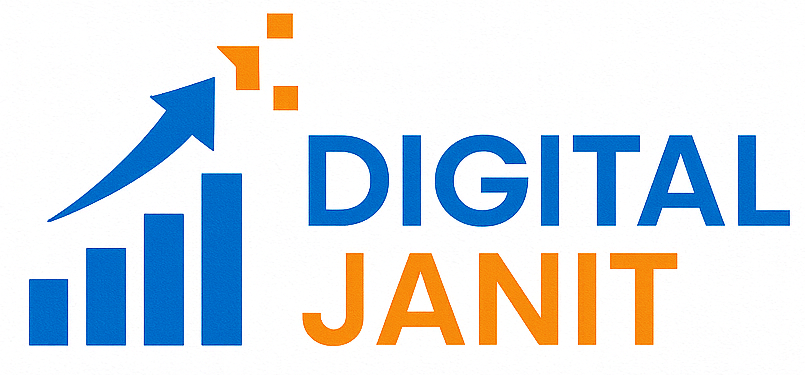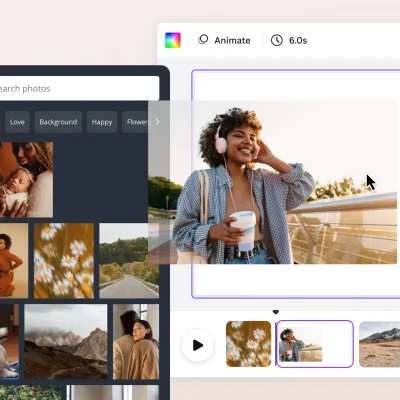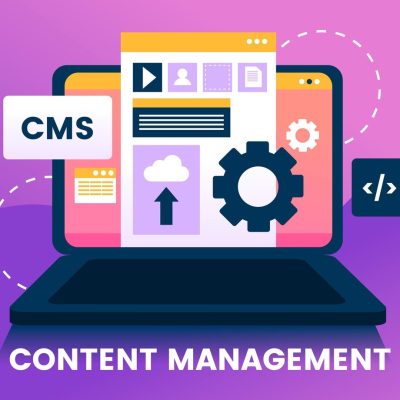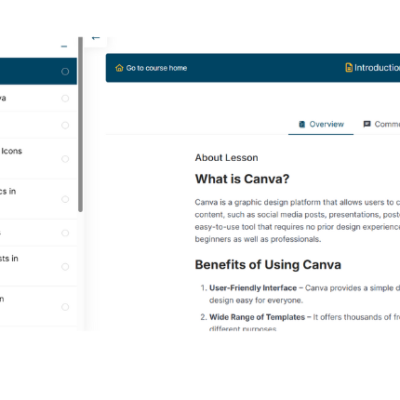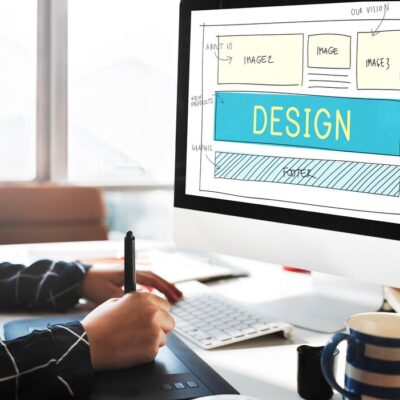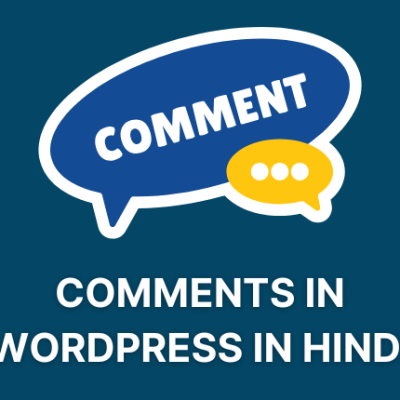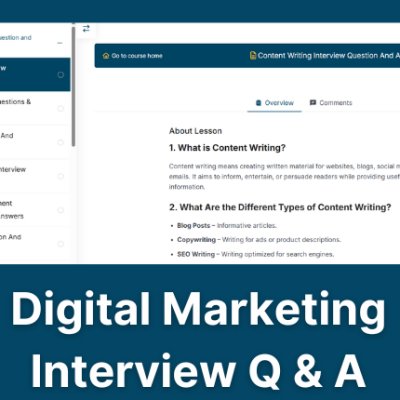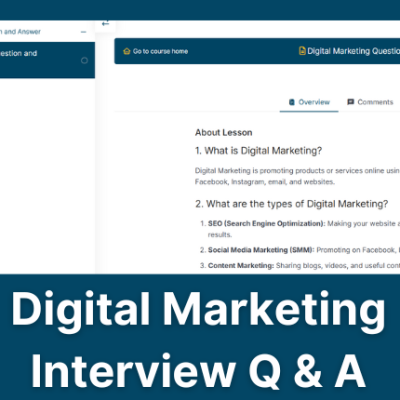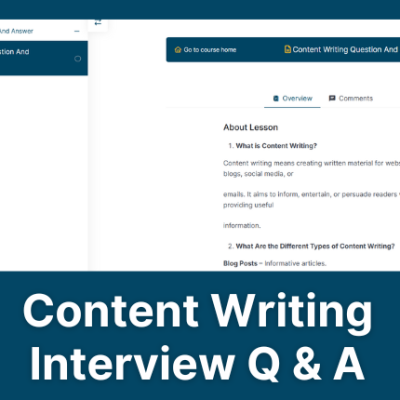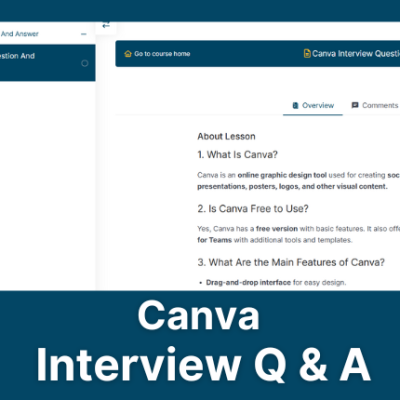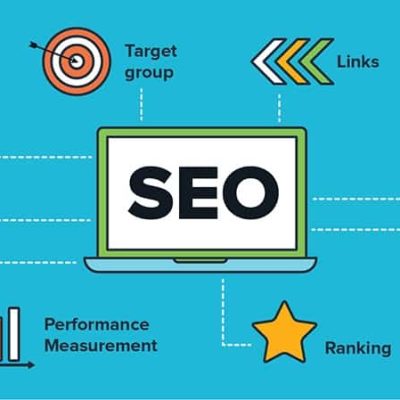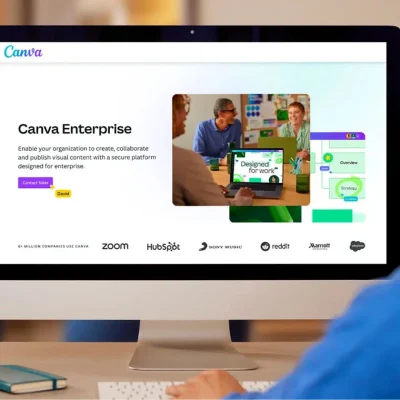How to Install WordPress on Localhost: A Step-by-Step Guide for Beginners
How to Install WordPress on Localhost: A Step-by-Step Guide for Beginners
Introduction
Ever wanted to try out WordPress without buying hosting or a domain? Installing WordPress on your localhost is like setting up a mini-Internet just for yourself. If you’re in Gurgaon and want to tinker with WordPress locally, this guide from Digital Janit is for you.
Why Install WordPress on Localhost?
Save Hosting Costs
Why pay for hosting if you’re just trying things out? Installing WordPress locally is free. No domain needed. No hosting charges.
Experiment Safely
Want to play with themes, plugins, or custom code without breaking your live site? Localhost is your safe playground.
Perfect for Developers and Bloggers
Whether you’re a developer creating a client site or a blogger testing a new theme, localhost gives you complete privacy and control.
What You’ll Need Before You Start
Basic Requirements
- A computer (Windows/macOS)
- An internet connection (for downloads only)
- 1 GB free space (minimum)
Download Checklist
- Local server environment (we’ll use XAMPP)
- The latest version of WordPress
Step 1: Install a Local Server Environment
What is XAMPP?
Think of XAMPP as your local internet server. It gives you Apache (web server) and MySQL (database) — everything WordPress needs to run.
Installing XAMPP on Windows or macOS
- Go to apachefriends.org.
- Download XAMPP for your OS.
- Run the installer and follow the wizard.
- Install it in your C:\xampp (Windows) or /Applications/XAMPP/ (macOS) folder.
Step 2: Start Apache and MySQL
Why These Services Matter
Apache serves your web pages, and MySQL stores all your website data. Without them, WordPress won’t run.
Common Port Conflicts and Fixes
If Apache doesn’t start, Skype or another app might be using port 80. Either quit Skype or change Apache’s port settings via XAMPP config.
Step 3: Create a Database for WordPress
Using phpMyAdmin
- Open http://localhost/phpmyadmin/.
- Click Databases.
- Name your new database (e.g., wp_testsite) and click Create.
No need to create tables—WordPress will do that for you later.
Step 4: Download and Install WordPress
Where to Download WordPress
Head to wordpress.org and grab the latest version.
Extracting and Moving Files to htdocs
- Unzip the WordPress file.
- Copy the folder into C:\xampp\htdocs\ (Windows) or /Applications/XAMPP/htdocs/ (macOS).
- Rename the folder to whatever you want (e.g., myblog).
Step 5: Configure WordPress Setup
Running the Setup Wizard
- Open your browser and go to http://localhost/myblog/.
- You’ll see the famous WordPress setup wizard.
Database Connection Details
When prompted, enter:
- Database Name: wp_testsite
- Username: root
- Password: (leave blank)
- Database Host: localhost
- Table Prefix: wp
Admin Account Setup
Set your site title, admin username, password, and email. These credentials will help you log into your local WordPress dashboard.
Accessing Your Local WordPress Site
URL to Use
Once installation is complete, go to http://localhost/myblog/ to view your site.
Logging into WordPress Dashboard
Head to http://localhost/myblog/wp-admin and use the login details you created earlier.
Troubleshooting Common Issues
Database Connection Errors
Make sure Apache and MySQL are running, and double-check your database name and user credentials.
Apache Not Starting
Change ports in httpd.conf if port 80 is busy. Try switching to 8080 if needed.
Tips for Local WordPress Development
Use a Child Theme
Modifying a theme? Always use a child theme so you don’t lose changes during updates.
Regular Backups
Even local sites should be backed up—just in case you lose your data.
Test Plugins Before Going Live
Don’t risk your live site’s performance. Test plugins locally first.
Why Digital Janit Recommends Local Testing
Enhanced Performance
Sites load faster locally, making development more efficient and productive.
Client Demonstrations Made Easy
Show mockups or prototypes to clients without pushing anything live.
Conclusion
And that’s it! You’ve successfully installed WordPress on localhost. Whether you’re a beginner in Gurgaon or a seasoned developer working with Digital Janit, this setup is perfect for testing, learning, and developing. Go ahead, experiment, break stuff (safely), and build your next big idea—locally.











